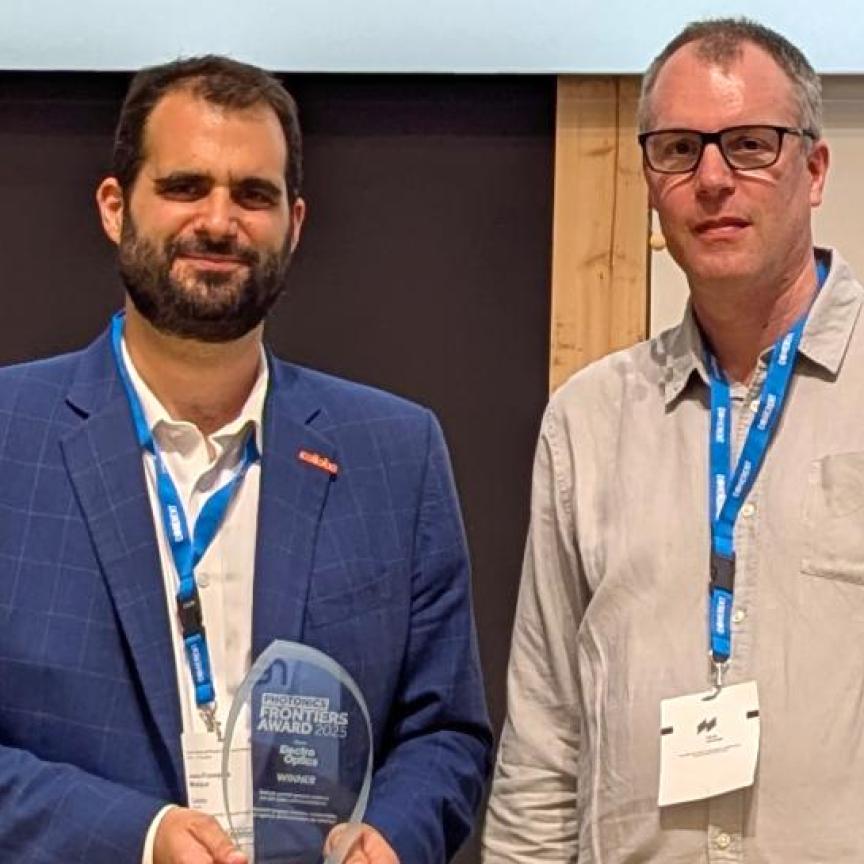Scientists from the UK’s National Physical Laboratory (NPL), University College London (UCL), and the University of Oxford have developed a system for trapping microbubbles, which are used for medical imaging and therapeutic applications.
The new system, which uses a combination of optical and acoustic tweezers to control the movement of objects using sound waves, could allow scientists to study the bubbles' properties and develop safer, more effective medical products.
Microbubbles are gas bubbles that are smaller than 1mm in size - their radius is typically between 1µm and 10µm for medical applications.
The use of microbubbles to enhance contrast in ultrasound images has become an everyday practice in hospitals in the UK and across the world.
‘If you go for an ultrasound scan, the image that you see on the screen is all about the density of the tissue in your body,’ explained Dr Eleanor Stride, from UCL’s department of mechanical engineering, in a video for UCL TV. ‘If you can change the density, then you can make one area much clearer compared with another. So, by putting gas into your bloodstream, even very tiny amounts, you produce a big density change, and that gives you very strong ultrasound echo.’
Microbubbles are also ideal vehicles for targeted medicine delivery and microsurgery. Small amounts of a drug can be incorporated into the bubbles, and then traced through the body using ultrasound imaging. Once the bubbles get to the place where that is being targeted – a tumour, for example – then the ultrasound power is increased to break the bubbles and release the drug.
However, as the potential applications increase, it becomes more important to characterise how microbubbles interact with sound and how different manufacturing techniques impact on their performance. Information about the microbubble properties can be used to engineer bubbles for specific medical uses, and in a more cost-effective way.
Scientists from NPL have worked with UCL and the University of Oxford to develop a controlled setting in which to study microbubbles. The unique device traps the microbubbles using optical tweezers in combination with acoustic tweezers, which control the movement of objects using sound waves.
While these two techniques are commonly used for solid particles, they both present challenges when used with bubbles. Optical tweezers, for instance, are often used to trap and study biological samples using highly-focused laser beams to hold and move items. However, objects with a low refractive index, such as microbubbles, are difficult to optically trap due to strong repulsive forces experienced in proximity to high intensity light.
Bubbles also present a peculiar response to acoustical tweezing, behaving in different ways depending on the selected manipulation frequency. If the acoustic field is higher than the bubbles natural frequency, they will move to where the field is strongest in pressure; but if the field is lower than the natural frequency, the bubbles will collect at the weakest point.
This new method that combines the two techniques will allow researchers to perform characterisation at the single bubble level and support the development of medical microbubbles. Fully characterised bubbles may even act as stand-alone sensors, for stratified medicine purposes.
Related stories
Life-giving light: Greg Blackman describes various uses of photodynamic therapy

